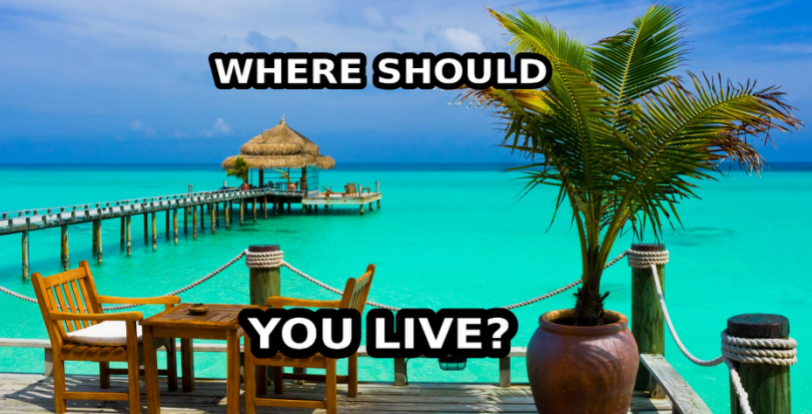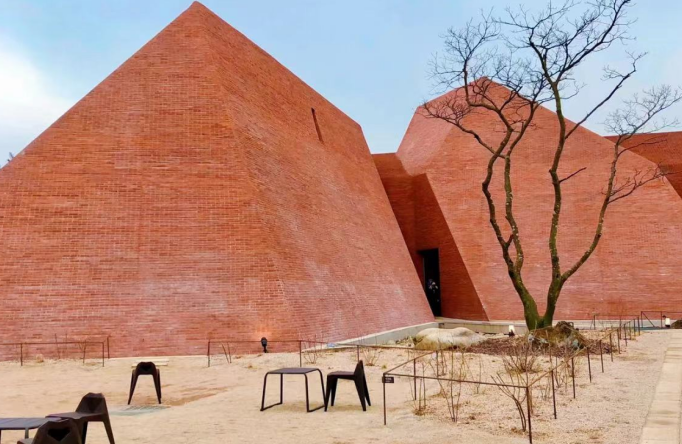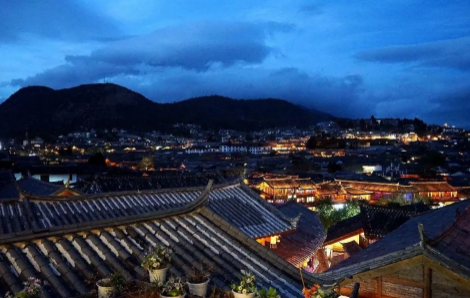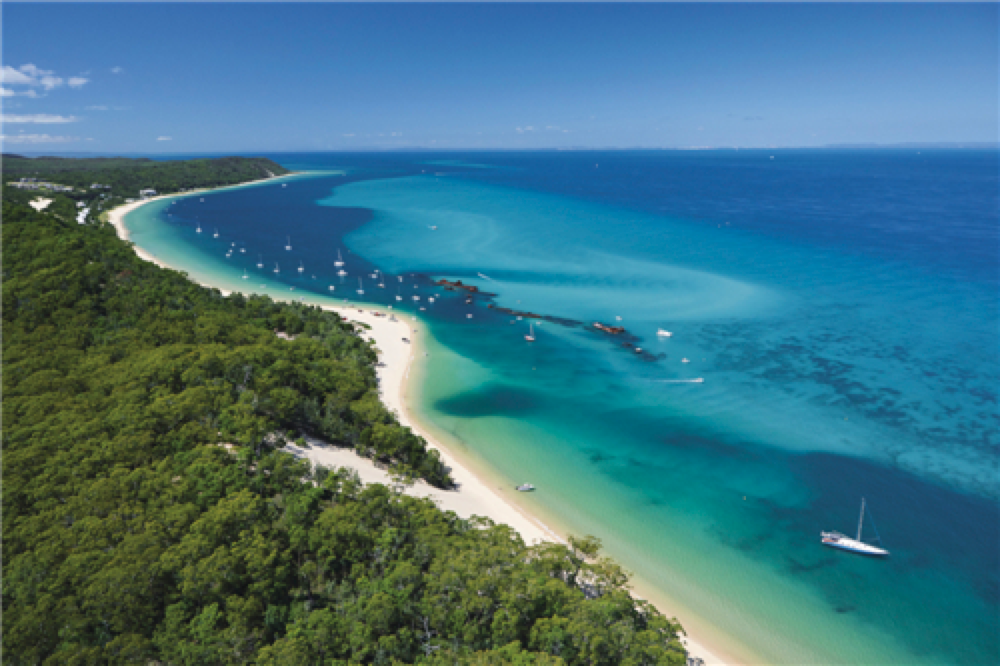In southern Peru, in the province of Caylloma, is one of the greatest natural wonders of the South American country. One could also say the deepest, because the gorge called Colca Canyon is a truly dizzying abyss. Its steep walls rise almost twice as high as those of the world-famous Gand Canyon in the USA. And yet, just over 40 years ago, the spectacular canyon in Peru was almost completely unknown.

The bare figures around the Colca Canyon are truly speechless: over a distance of 100 kilometres, it has eaten its way through the country, and at its deepest point it descends 3400 metres, according to the BBC. By comparison, the Grand Canyon, probably the biggest natural tourist attraction in the USA, is "only" up to 1800 metres deep. According to the official tourism website of Peru, the spectacular canyon was formed over a period of 150 million years.
Yet the Colca Canyon only really appeared on the stage of world tourism history in 1981. Of course, it had already been a fascination before that, but was considered virtually inaccessible. Until an expedition of seven Polish extreme athletes dared the unthinkable. They were the first people ever to cross the gorge - and not on foot, but on the raging Colca River by kayak. Their unprecedented conquest went around the world like wildfire via the media and made the Colca Canyon a new dream destination for adventure seekers around the globe virtually overnight.
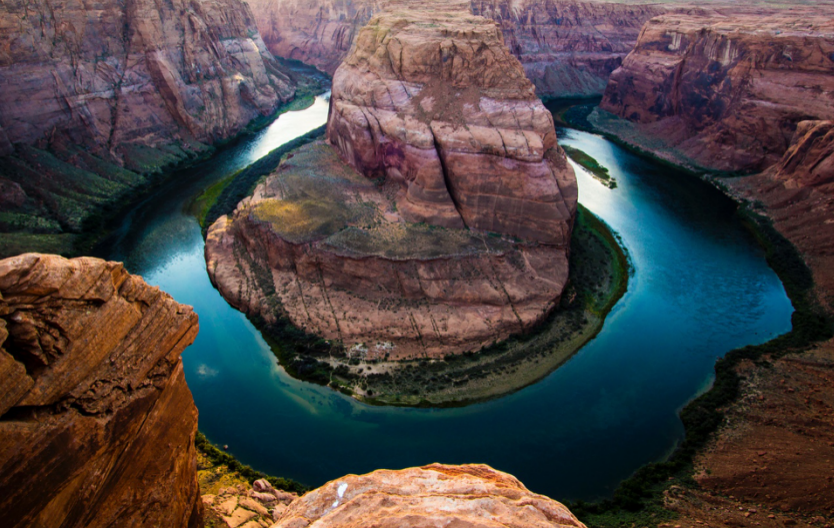
It took the expedition called "Canoandes" 26 days to cross the Colca Canyon for the first time, 26 days in which the courageous men risked their lives again and again. They had previously trained on rivers and in canyons in Mexico and throughout Central America, but no one had ever attempted anything comparable to crossing the Colca Canyon. For the participants, however, the venture was also a unique opportunity. Some of them were never to return to their homeland.
Many of the rivers that the members of "Canoandes" mastered were "travelled" by humans for the first time ever at that time. Even today, the Poles are considered heroes and pioneers of white-water kayak tourism in large parts of Central and South America. According to "Men's Journal", they managed to make trips to Mexico, Guatemala, Nicaragua and Costa Rica, among other places. Today, many of the rivers they were the first to conquer are major tourist attractions in their respective countries.
